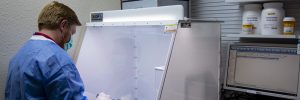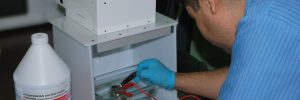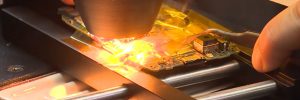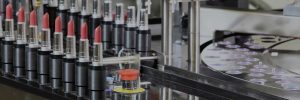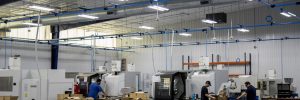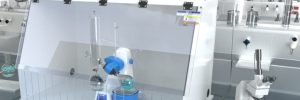
Rotary evaporators can release hazardous solvent fumes while using or cleaning the system, or while emptying the solvent trap (UCLA, 2010). Operators should consider fume inhalation risks and utilize respiratory engineering controls, such as a ductless fume hood or exhaust hood, to protect their safety and the overall laboratory’s safety. What are Rotary Evaporators? Rotary… Learn More

 Made in the USA
Made in the USA
